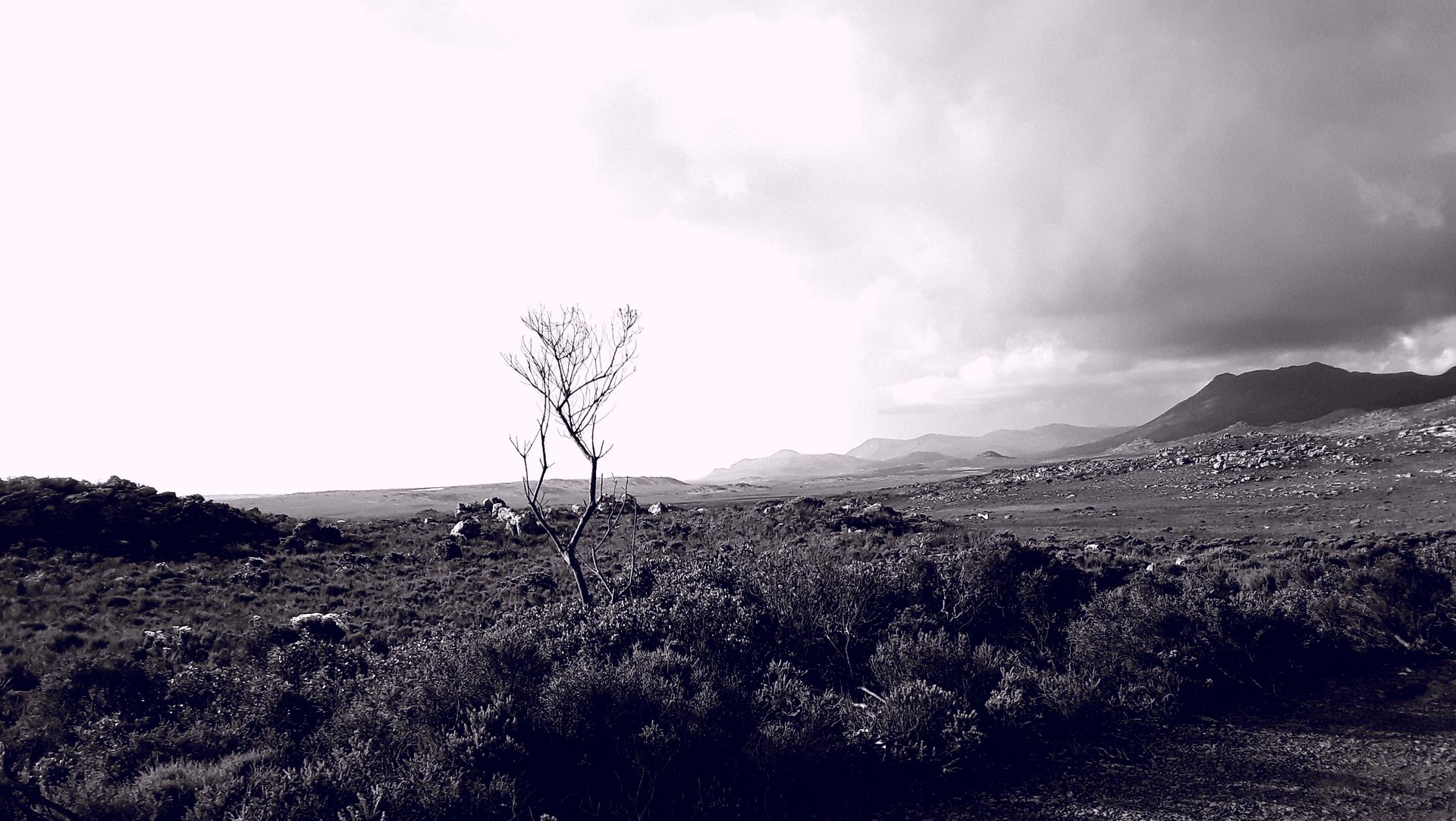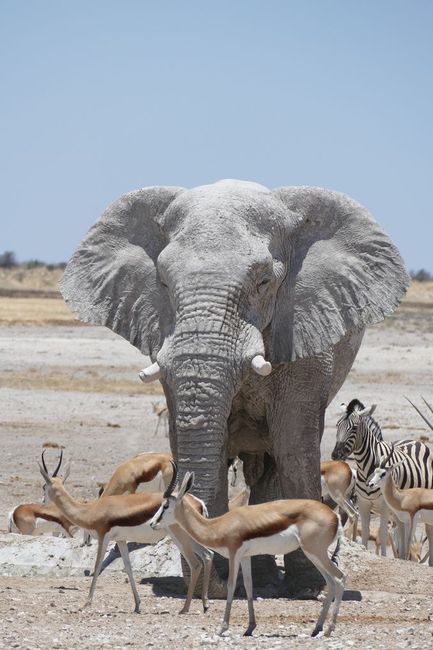Wine in the desert
ຈັດພີມມາ: 08.04.2018
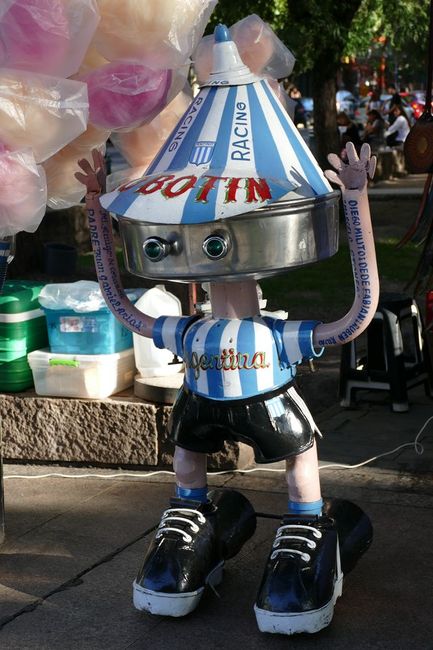
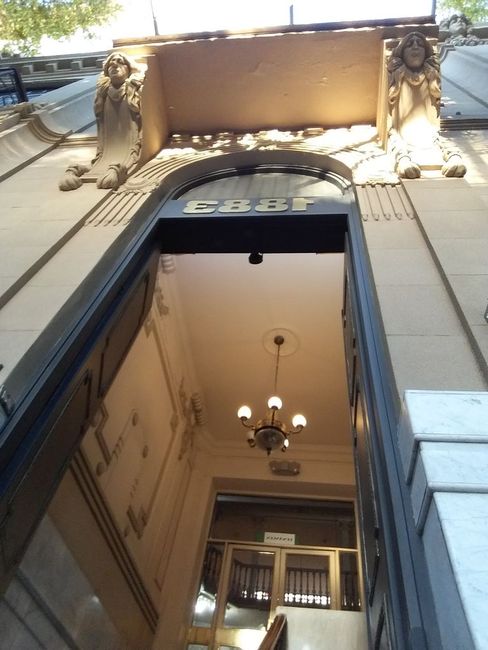
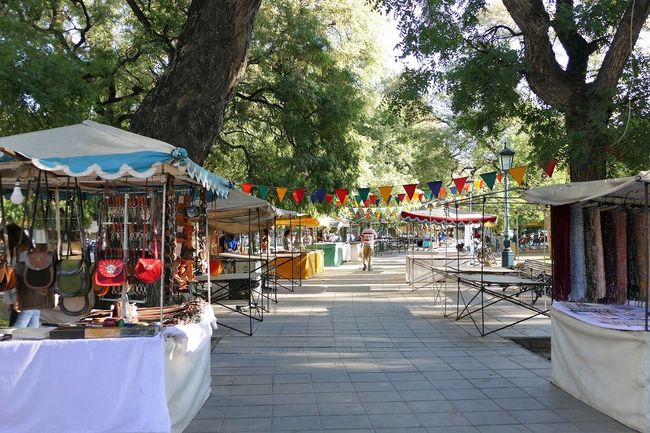
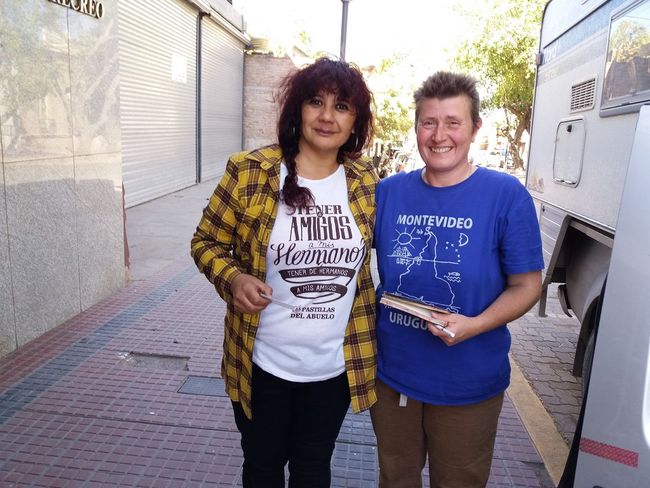
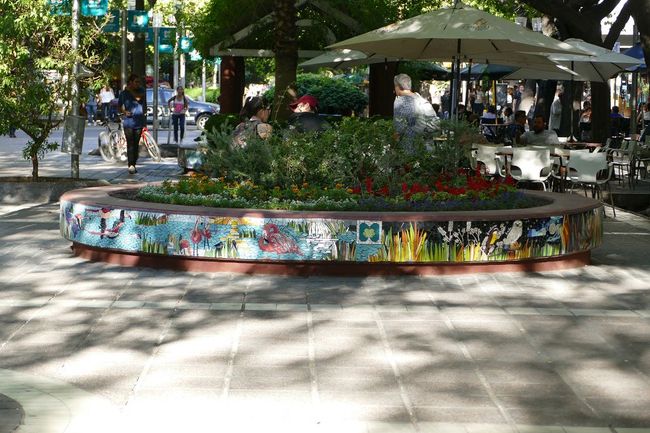
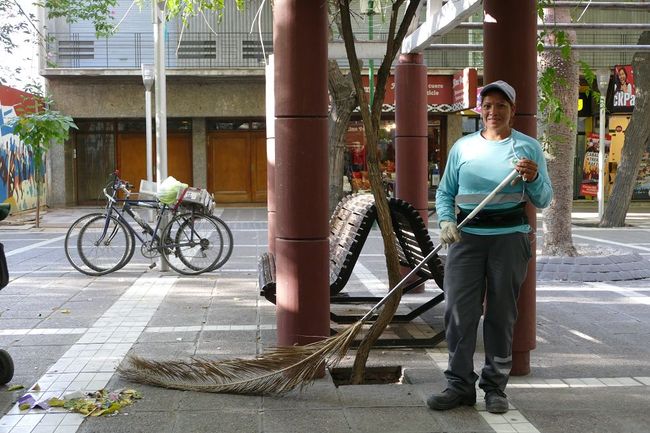
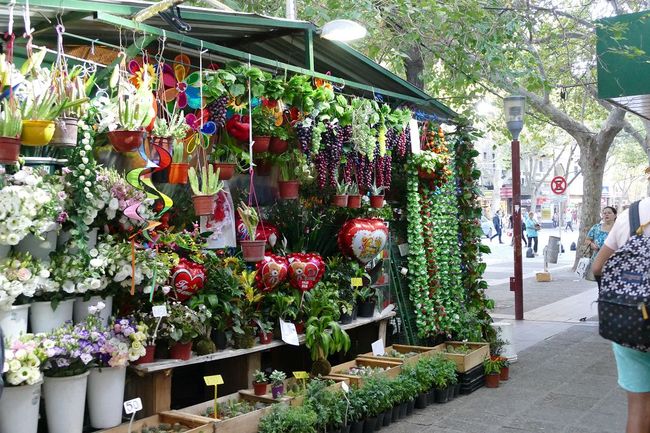
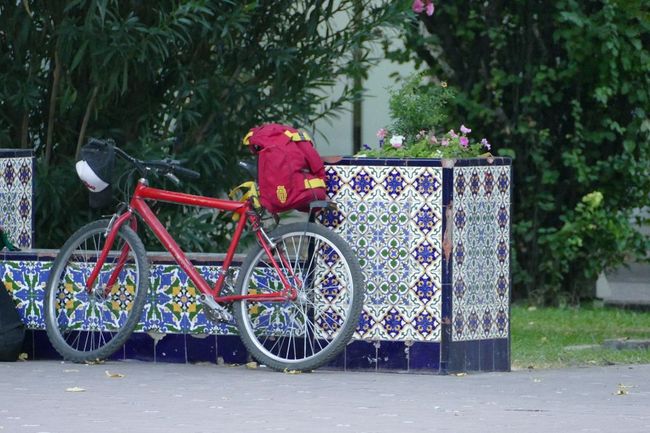
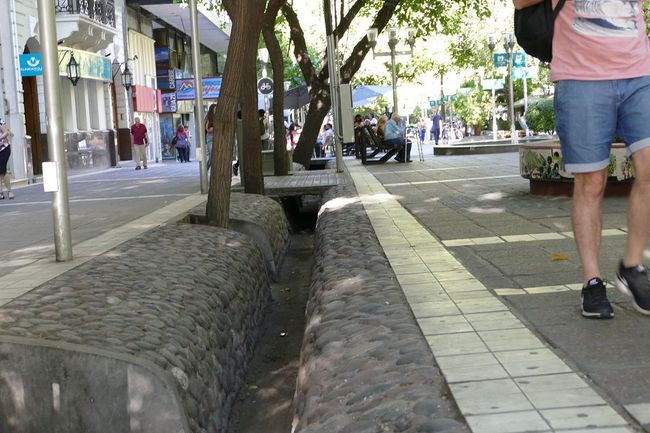
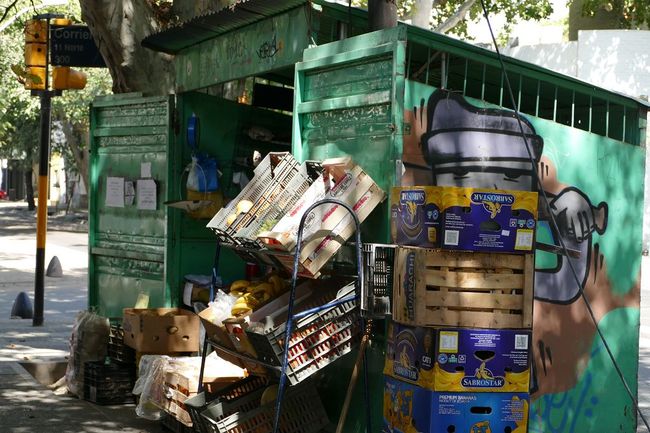
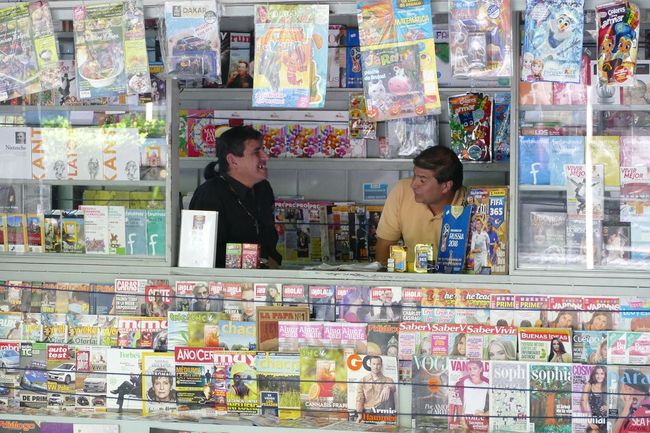
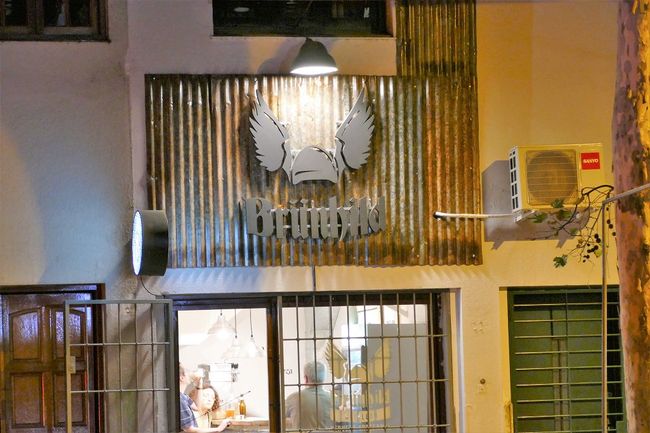
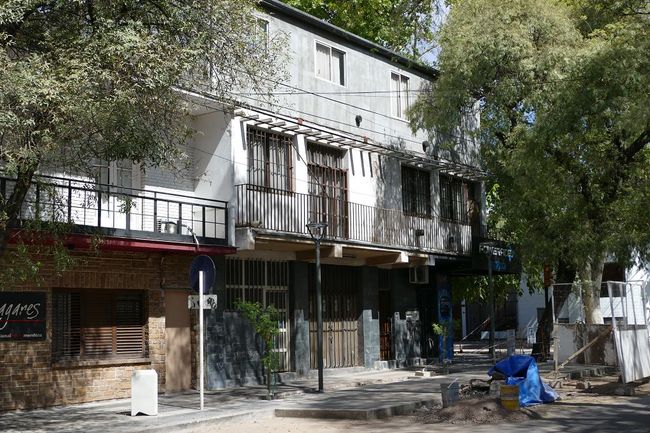
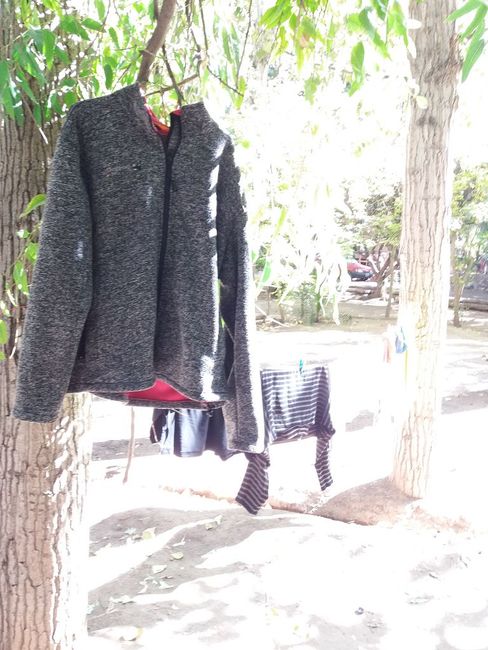
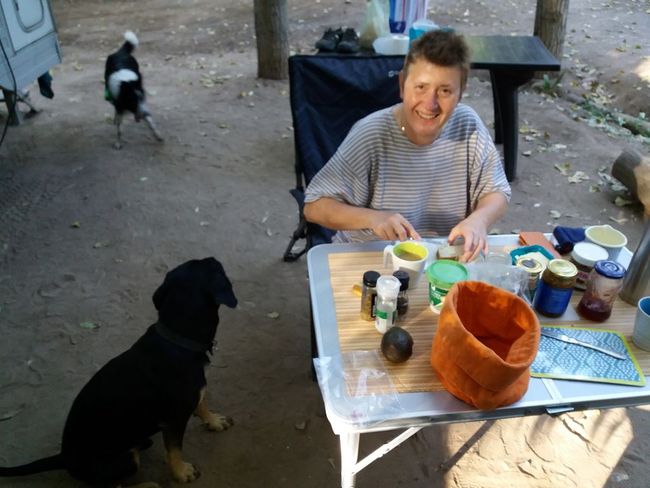
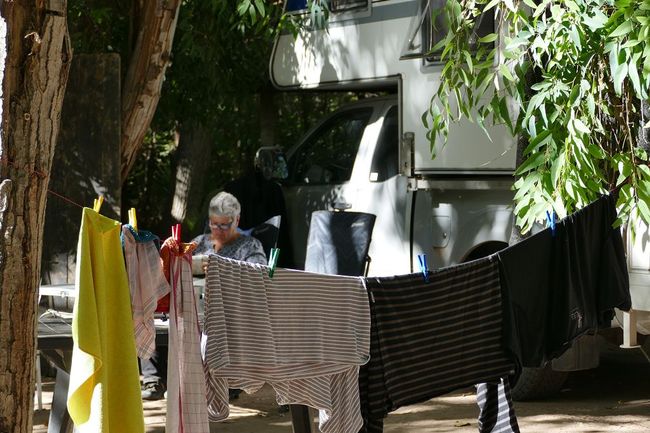
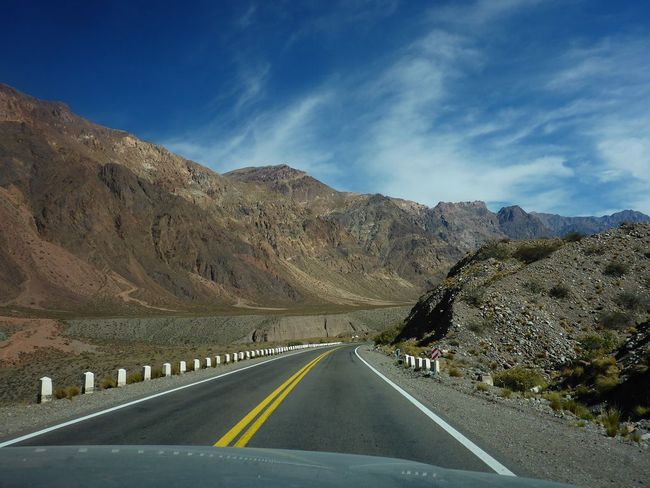
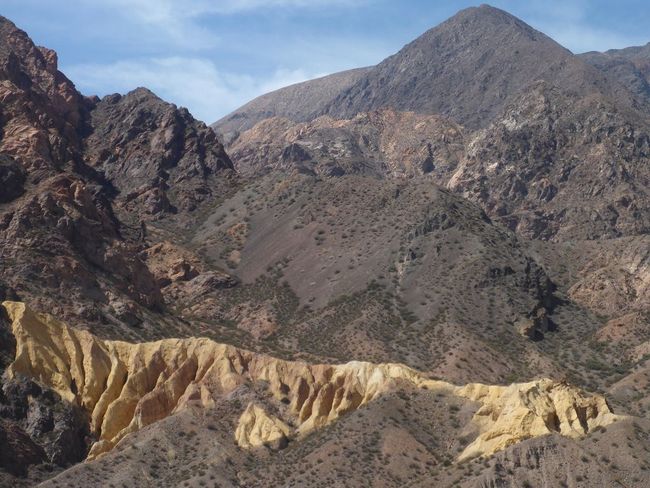
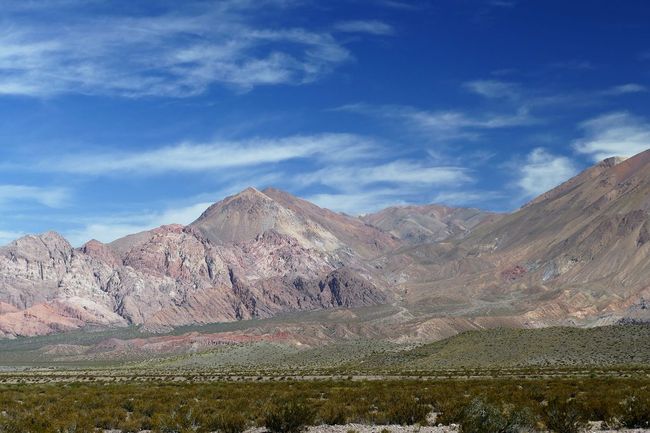
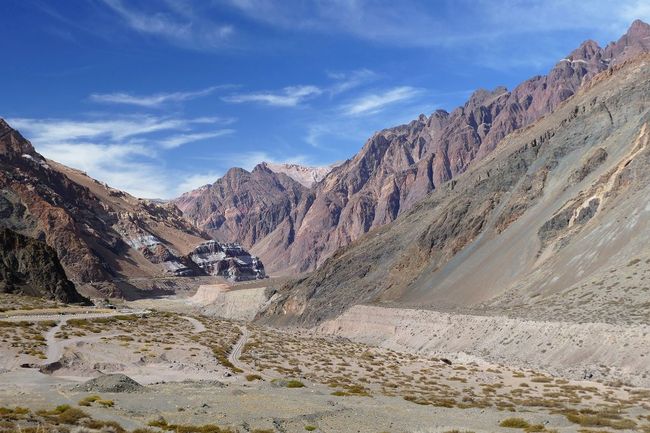
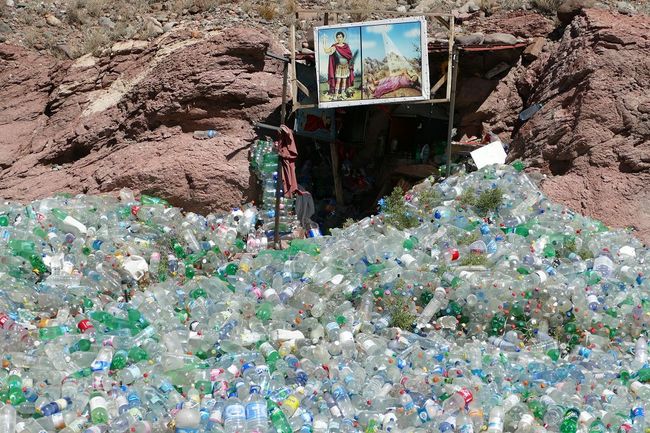
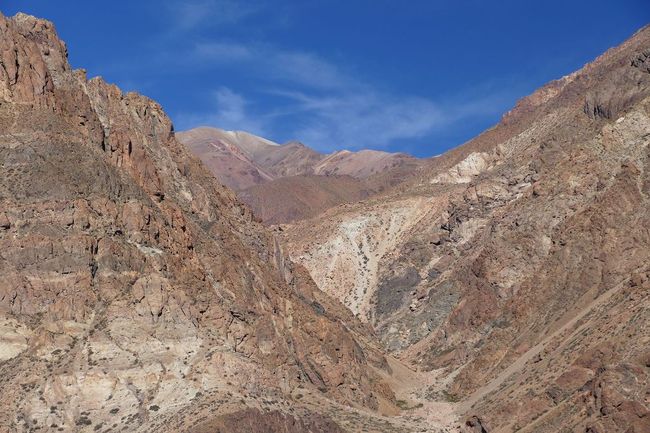
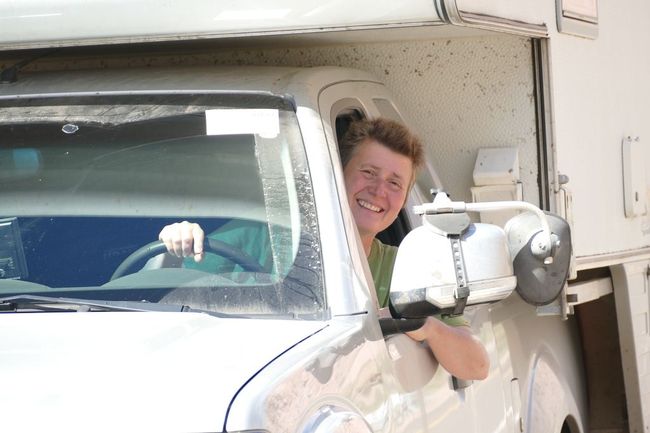
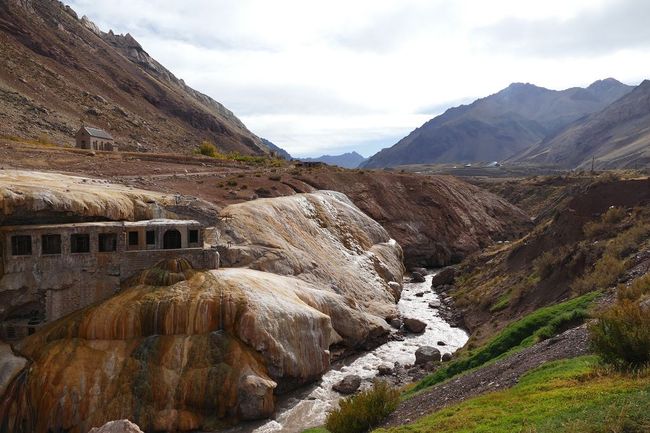
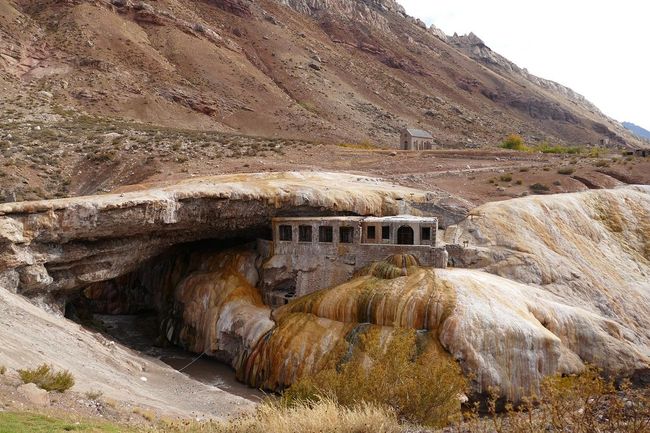
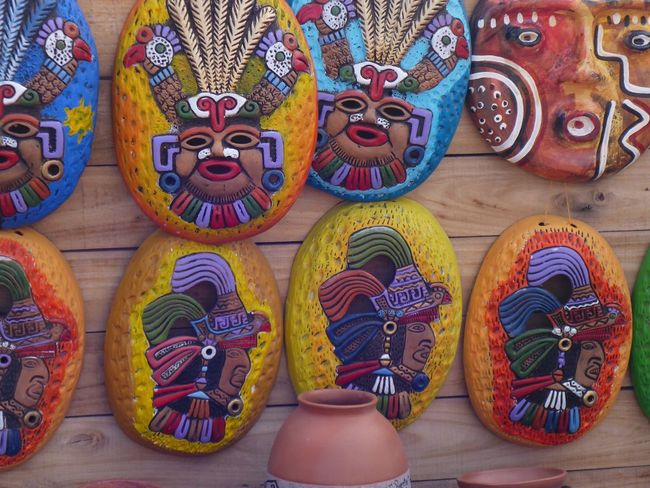
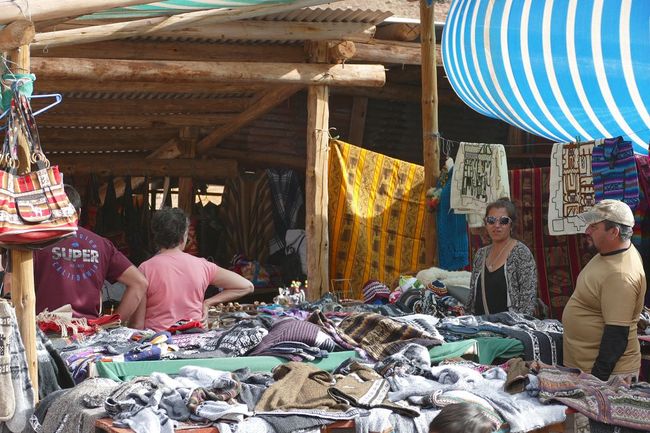
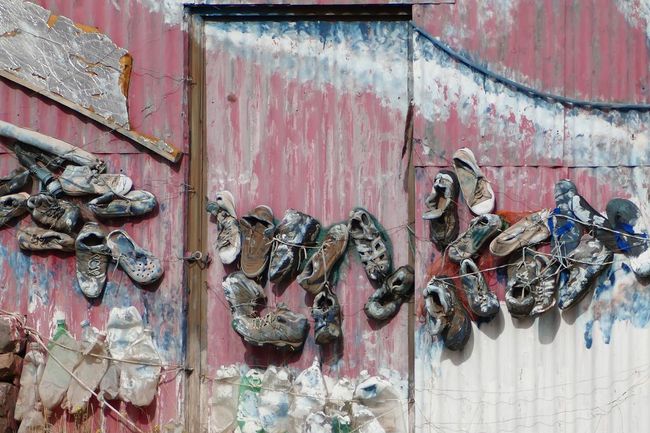
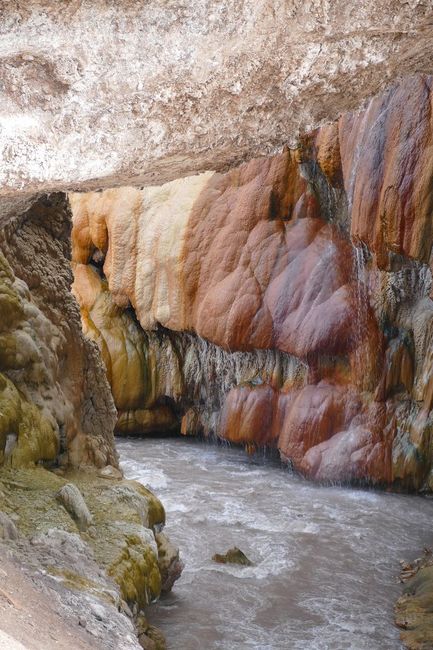
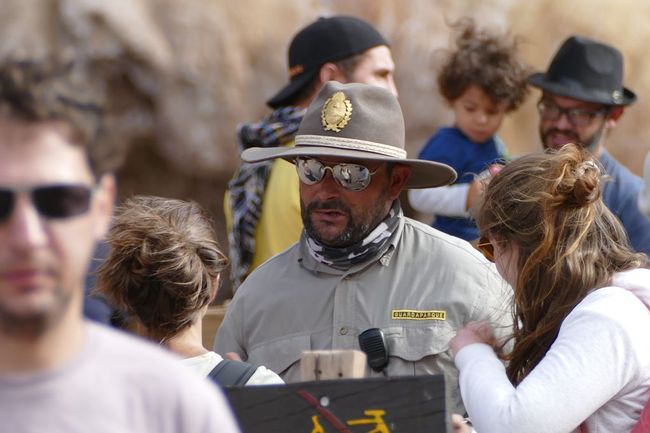
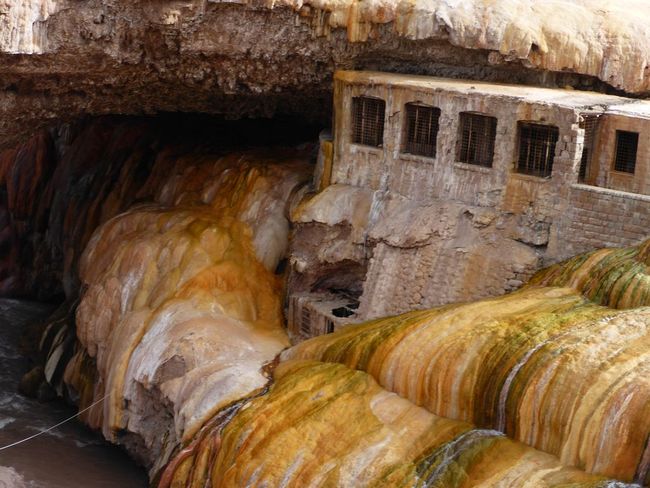
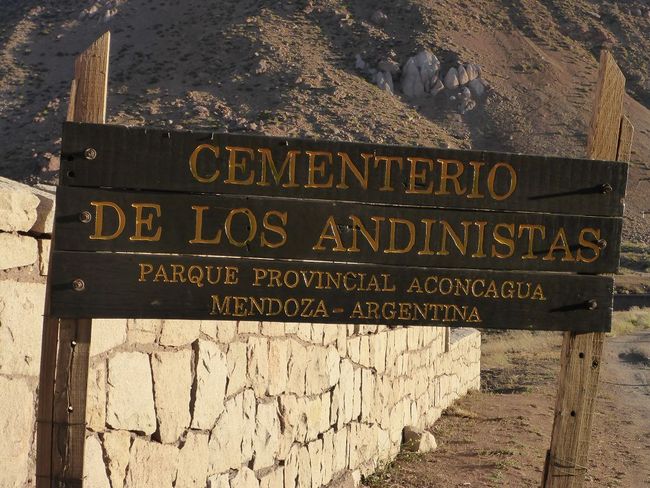
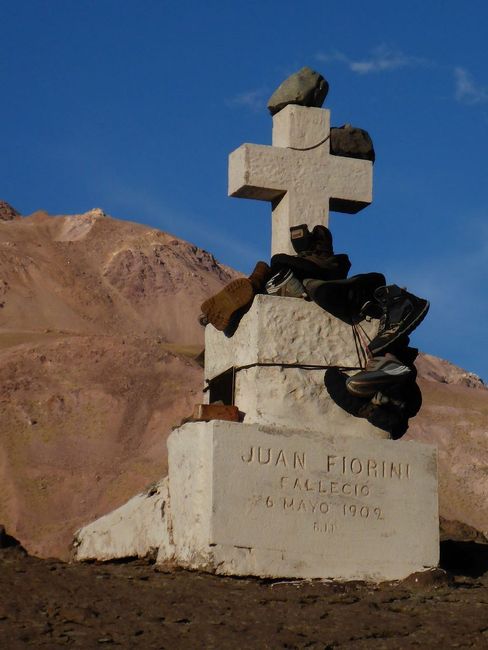
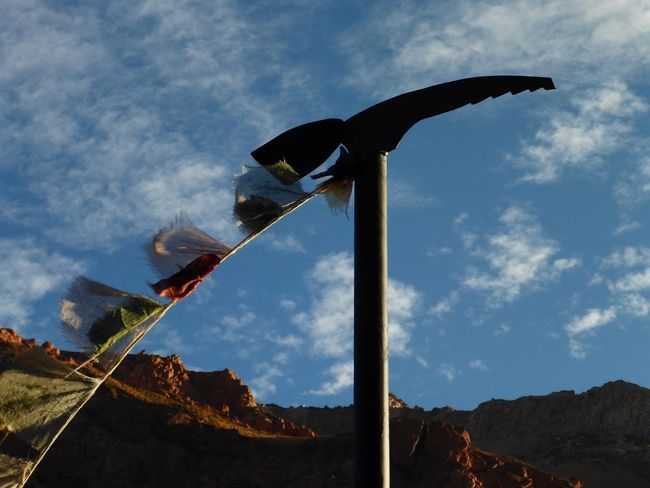
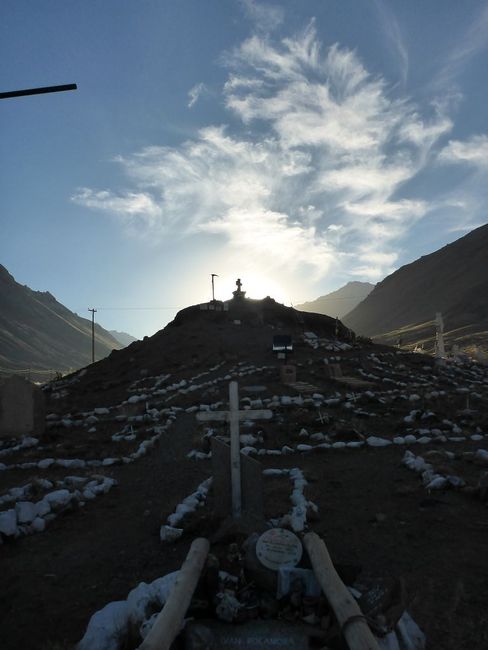
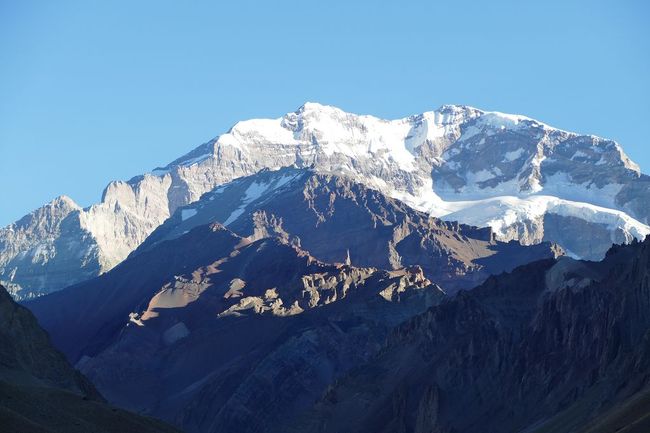
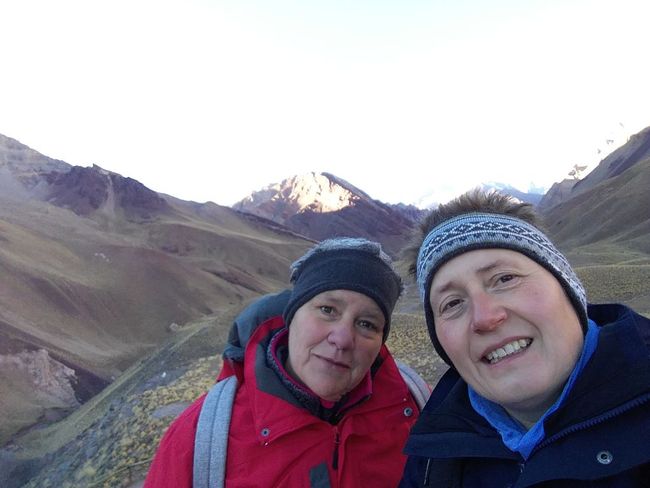
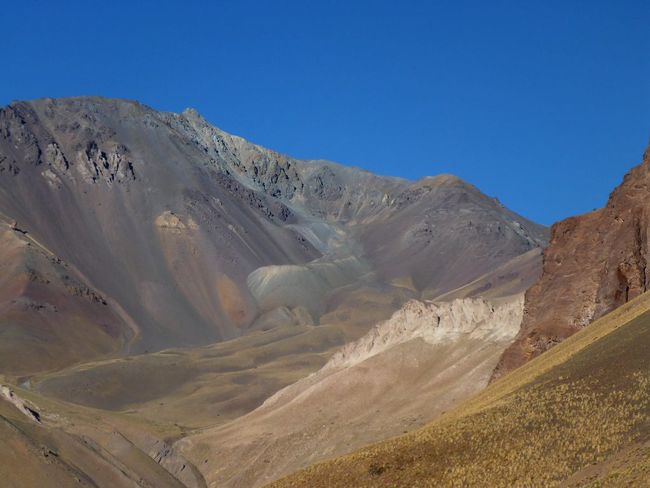
ຈອງຈົດຫມາຍຂ່າວ
After rocks, volcanoes, and canyons, our path now leads us to the desert, but to a very special desert; on the horizon rise the Andes and we drive through endless vineyards, passing gigantic, almost industrial and sterile-looking wineries. Although some winemakers have been focusing more on quality than quantity in recent years, wine is mainly grown here in huge monocultures for the large market. We find a campsite near the wine capital of Mendoza, slightly run-down but nice and cozy under many shade-giving trees and with a bus connection to the city.
Before checking in, we drive into the city because there is supposed to be a gas station here that can fill our built-in propane gas tank. Not so easy to find someone here. In Argentina, there are only natural gas cars, so there is no suitable gas for us at gas stations. We find the gas station, and an older gentleman assures us that he has propane gas. However, the specialist for filling is not there, but if we come back at 4:00 p.m., he will be. At 4:00 p.m., we park again within sight of the small company. There is a young man who tells us that only the boss can fill our tank. We should wait until he comes back. The waiting time is shortened for us by Jaqueline, an employee of the cultural center where we are illegally parked. She is absolutely ecstatic about our Dubs, our journey, two women alone, she can hardly calm down. We are photographed, hugged, kissed, and then she happily continues with our business card. We go to the gas station two more times and are told to wait because the boss still isn't there. Then the young man waves goodbye and we meet again the gentleman from the morning, who scolds us for being late because now his employee has just left. Our Spanish and our anger are enough to clarify the situation, and the 'Jefe' curses his lazy employee and does the job himself. Finally done and fully refueled, we look for a guarded parking lot and explore the city a bit.
Mendoza is a desert city, but you wouldn't believe it. The whole city is crisscrossed with deep irrigation canals, and all the streets are lined with trees. The plane trees are planted so densely that the city appears dimmed, and the desert heat is not felt. Mendoza is relaxed and cozy. There's not much to see or do, except stroll through the streets and squares and relax on the many benches or in the cafes. You can book tours of the various wineries, all perfectly organized, with or without a guide, tasting three or six wines, with or without a menu, with or without a meet and greet with the winemaker, all in air-conditioned tour buses. Or you can rent bicycles and ride to the wineries, everything is close by - but somehow none of it appeals to us. We lack the wine and language knowledge for the truly interesting winemakers, and we don't have a desire for mass tourism through mass production. So we buy a few bottles of Malbec and taste them on our own - we find them fruity with an initially almost too lush berry note, fiery in the finish, and with a round finish, in short: delicious! We go to a fancy restaurant once, eat lamb fillet with mustard herb crust, grilled vegetables, and Hokkaido filled with goat cheese and polenta, and drink another fine drop.
We use our stay at the campsite mainly to do laundry, thoroughly clean the Dubs from the inside, and write the blog. And also, to have a leisurely breakfast and read a few pages in peace. But even the coziest campsite must be left at some point, and we set off towards the Andes. The gas, water, and diesel tanks are full, the Dubs and the laundry are clean again, and we are well-rested.
Now we slowly climb up to Paso Los Libertadores, the Argentinian-Chilean border crossing located 3200 meters above sea level. From the green plain around Mendoza, we slowly climb up into the Andes with countless hairpin bends and curves. This drive is breathtaking, grandiose, and beautiful once again. We make a stop at Puente del Inka, the Inca Bridge, a naturally formed rock arch that spans the Rio de las Cuevas. As if that wasn't impressive enough, there is a sulfur spring at the bridge that colors the surrounding rocks in all imaginable shades of red and yellow. And it gets even more spectacular, a thermal bath built in the 1940s directly at the source was destroyed by a landslide in 1953 and now decays incredibly picturesque in the spring. So suddenly, in the majestic solitude of the Andes, hundreds of tourists flock to the bridge and the tiny village, which now consists only of souvenir shops and empanada stands. In the midst of all this, an extra cool park ranger with mirrored sunglasses and sheriff airs keeps the hordes of tourists from crossing the barrier with his whistle. We find it really entertaining here, but that's not why we decide to stay nearby. On the one hand, it is already late afternoon, and we don't know if the border crossing has opening hours and if we might be faced with a closed gate. On the other hand, near the Aconcagua National Park, where you can get a magnificent view of Mount Aconcagua, the highest mountain in Argentina and the Americas, on a small circular hike.
We have a little trouble finding a suitable place to stay. There are plenty of places where you can spend the night, but the wind is so fierce up here that it is uncomfortable even in the Dubs without wind protection. While searching for a suitable place, we come across a small cemetery in the shape of a mountain for all mountaineers who lost their lives on Aconcagua. We visit it in the evening light and are touched by the many graves decorated lovingly with personal items, unfortunately also some very recent ones from January 2018.
For sleeping, we drive between two buildings of a base camp for mountaineers. Judging by the tracks, this is where the mule tours into the mountains start. The camp seems abandoned, all doors are locked, the windows covered with cardboard, the season seems to be over. We feel guilty because we are somehow on private land and cannot ask anyone for permission, but now it's dark and it's really nice and sheltered between the two buildings, so we stay. Later, another camper comes and, encouraged by us, sets up his tent in the wind shadow. Hopefully, the season is really over and we won't be woken up tomorrow morning by angry mountain guides and a herd of mules.
The cold, the wind, and our guilty conscience drive us out of bed early, and so we are at the park entrance before 8:00 am, which actually opens on time. We buy a permit to walk a certain distance in the park and set off while the sun rises and gradually bathes the peaks and slopes of the surrounding mountains in bright light. A great start to the day, even though walking at this altitude requires a lot more breath. Afterwards, we go through another border station, one of the largest on our journey. Everything is well organized, although not always transparent, and after one of the most thorough searches of the car and the Dubs that we have experienced so far, including supply shafts and the roof, we now slowly head towards the Pacific coast.
ຈອງຈົດຫມາຍຂ່າວ
ຄໍາຕອບ (4)
Kerstin
Landschaftlich sehr beeindruckend , wieder wunderschöne Fotos! Danke für den tollen Reisebericht !Kerstin
Ich seh gerade, ihr seid ja schon Höhe Uruguay 👍!Stefan
Bilder Top, Berichterstattung Top, Bitte weiter so!! :-)Barbara
Ilse: Hallo Ihr Zwei, das ist wieder ein super, spannender und toller Bericht.